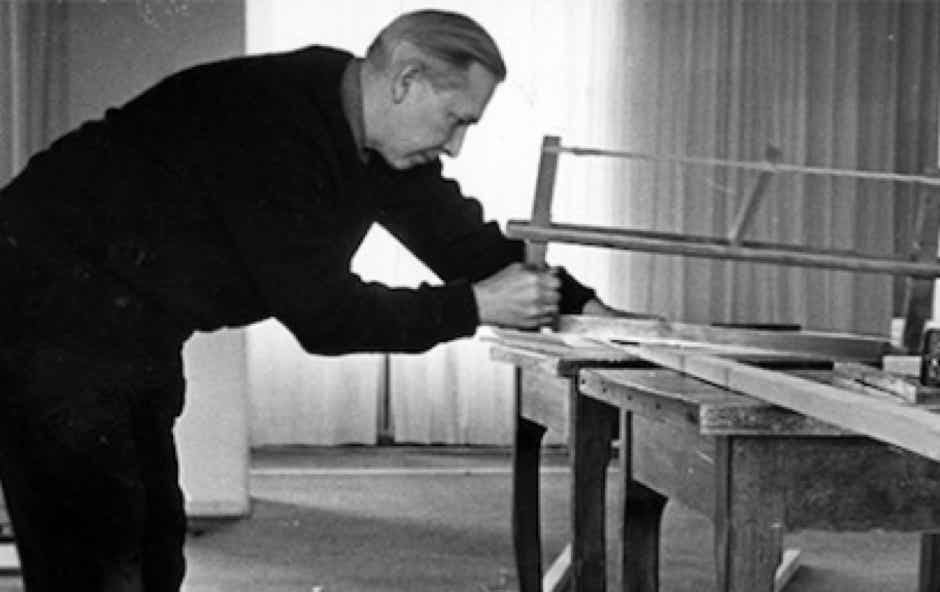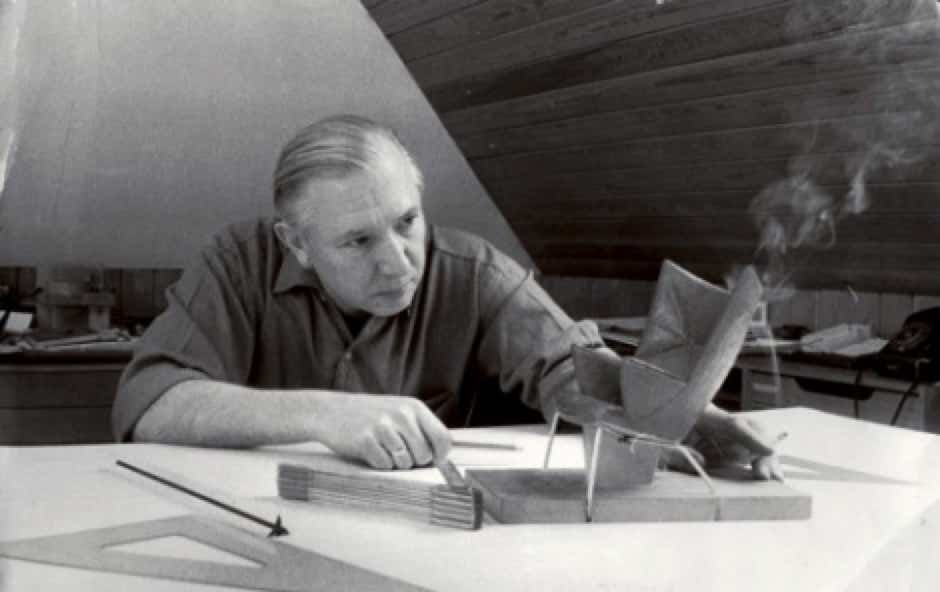Home > Carl Hansen > Desks > CH110 desk
Home > Carl Hansen > Desks > CH110 desk
15% off with DESIGN15
The simple, strong lines of Wegner’s CH110 Desk exude serenity; sumptuous materials and exquisite craftsmanship deliver to create lasting value. With its generous proportions, the desktop provides ideal conditions for great ideas. The dovetailed drawers are great places to keep the devilish details. Available in oak and walnut. The CH111 chair est part of the same series.
Table top veneer and solid wood
Base and details stainless steel
CH110 Desk
from
Oiled oak
Oiled walnut
Hans J. Wegner



Hans J. Wegner was born in 1914 in Tønder, Denmark, the son of a shoemaker. At the age of 17, he finished his apprenticeship as a cabinetmaker with H. F. Stahlberg, in whose workshops Wegner’s first design experiments took form. He moved to Copenhagen as a 20 year-old, and attended the School of Arts and Crafts from 1936 – 1938 before he began working as an architect.
As a young architect, Wegner joined Arne Jacobsen and Erik Møller in Århus, working on furniture design for the new Århus city hall in 1940. It was during the same year that Wegner began collaborating with master cabinetmaker, Johannes Hansen, who was a driving force in bringing new furniture design to the Danish public.
The Copenhagen Museum of Art and Industry acquired its first Wegner chair in 1942.
Wegner started his own design office in 1943. It was in 1944 that he designed the first “Chinese chair” in a series of new chairs that were inspired by portraits of Danish merchants sitting in Ming chairs. One of these chairs, the “Wishbone Chair”, designed in 1949 and produced by Carl Hansen & Son in Odense since 1950, became the most successful of all Wegner chairs.
Among Danish furniture designers, Hans J. Wegner is considered one of the most creative and productive. He has received practically every major recognition given to designers, including the Lunning prize, the grand prix of the Milan Triennale, Sweden’s Prince Eugen medal and the Danish Eckersberg medal. Wegner is an honorary Royal designer for industry of the Royal Society of Arts in London. Almost all of the world’s major design museums – from The Museum of Modern Art in New York to Die Neue Sammlung in Munich – include his furniture in their collections.
Hans J. Wegner died in Denmark in January, 2007.
A few major characteristics about Hans J. Wegner:
- First a cabinetmaker, then a designer: he integrates exacting joinery techniques and exquisite forms.
- A deep respect for wood and its characteristics – and an abiding curiosity about other natural materials.
- Brings an organic, natural softness to formalistic minimalism.
- Generally regarded as ”the master of the chair”, with more than 400 chair designs to his name.